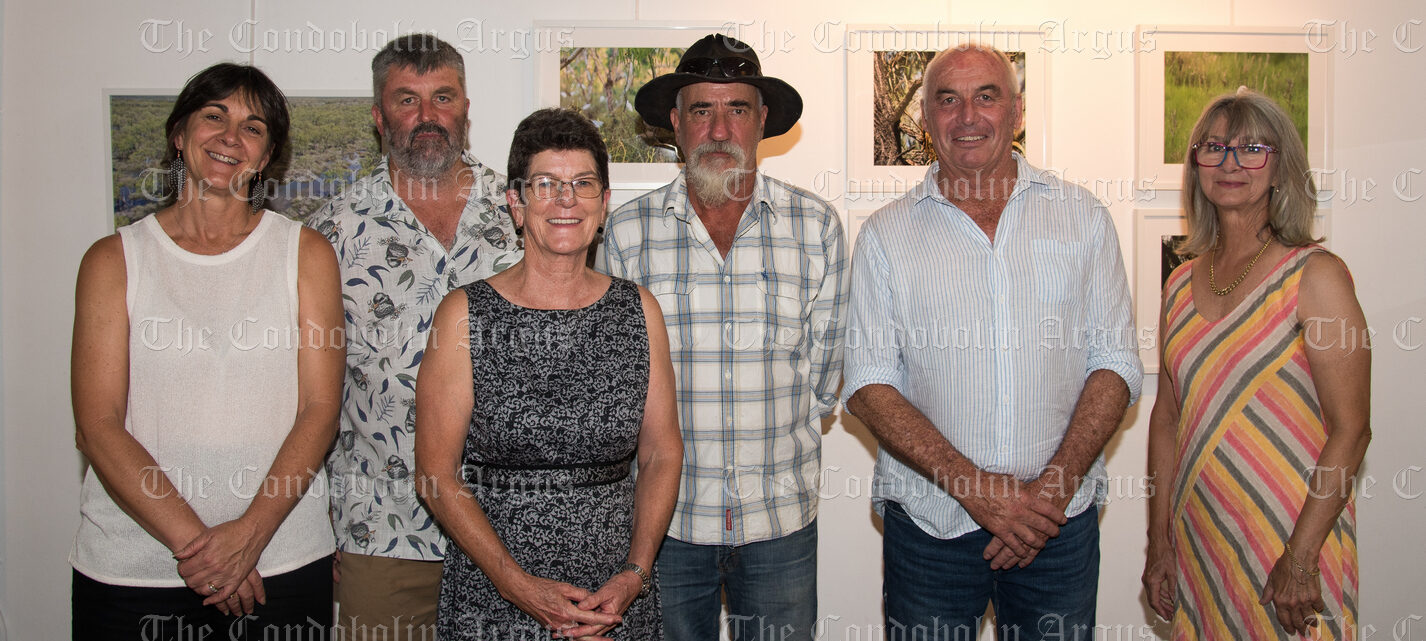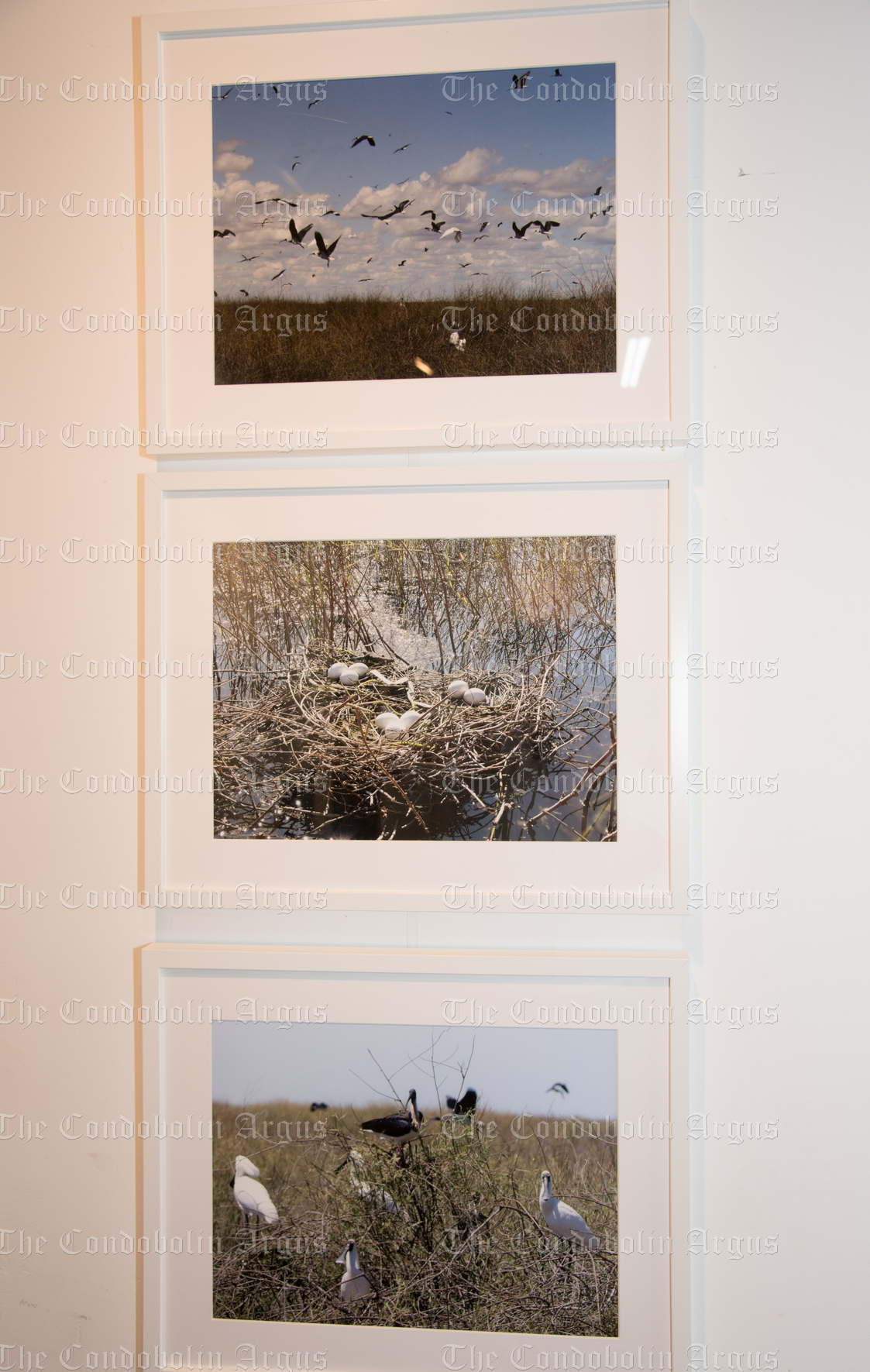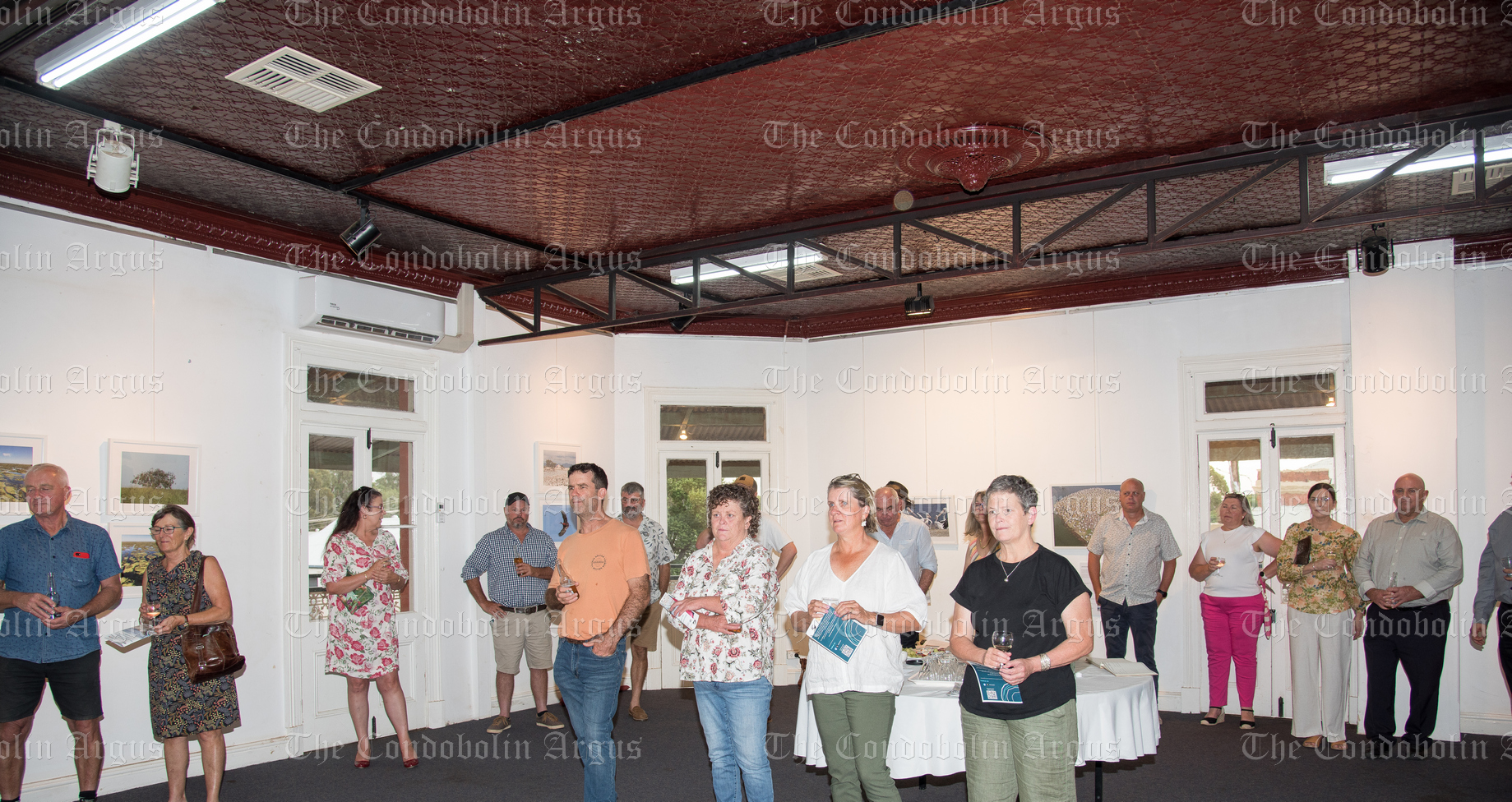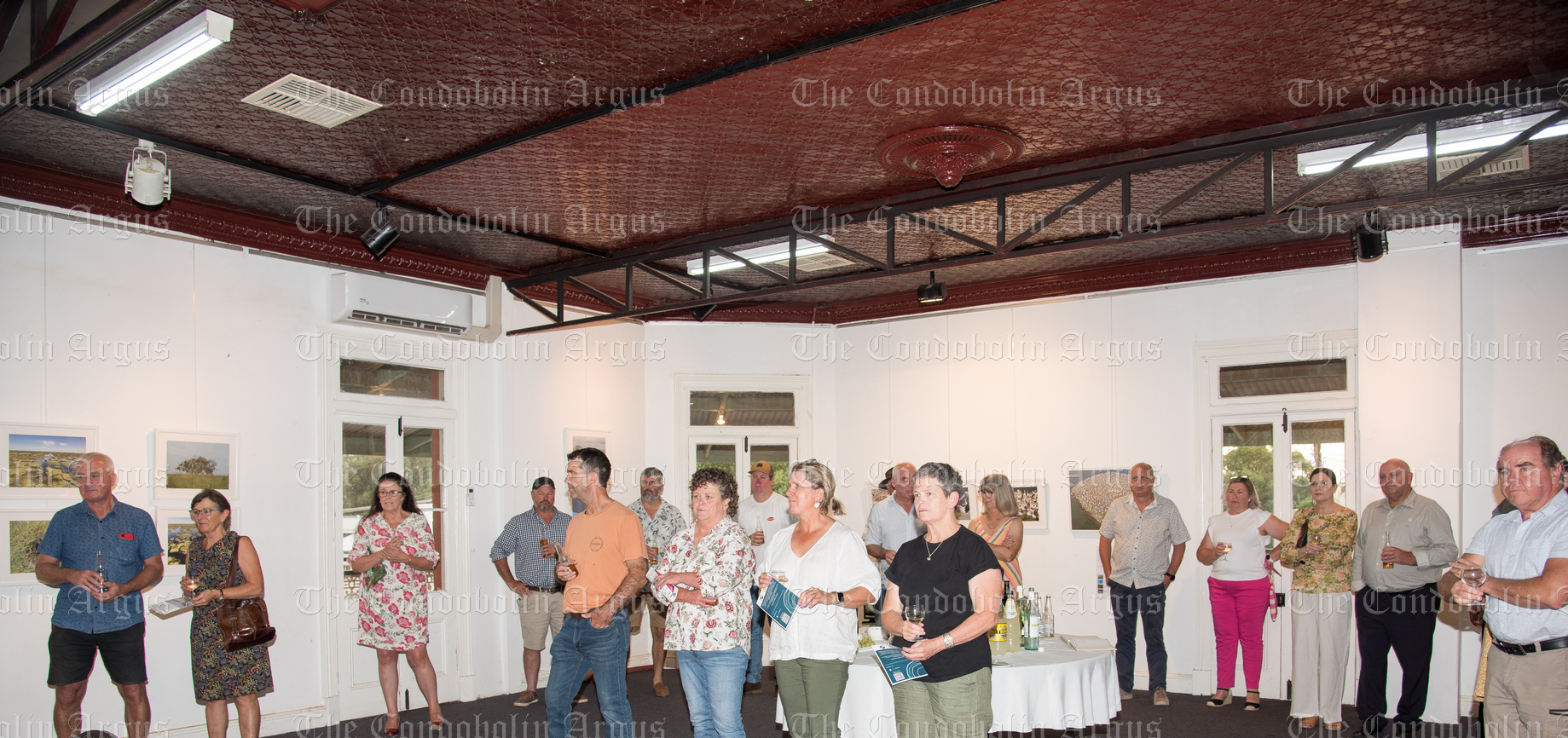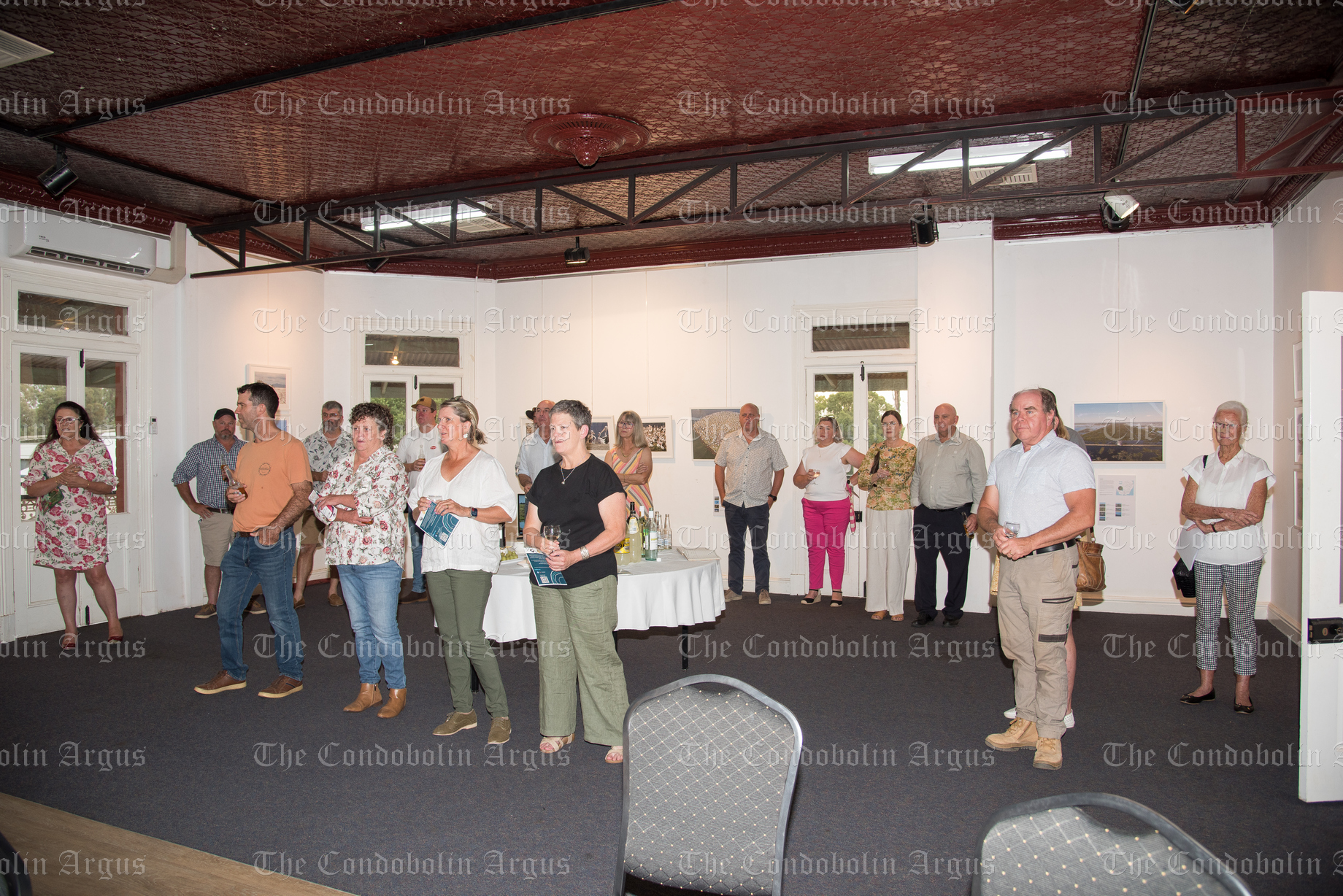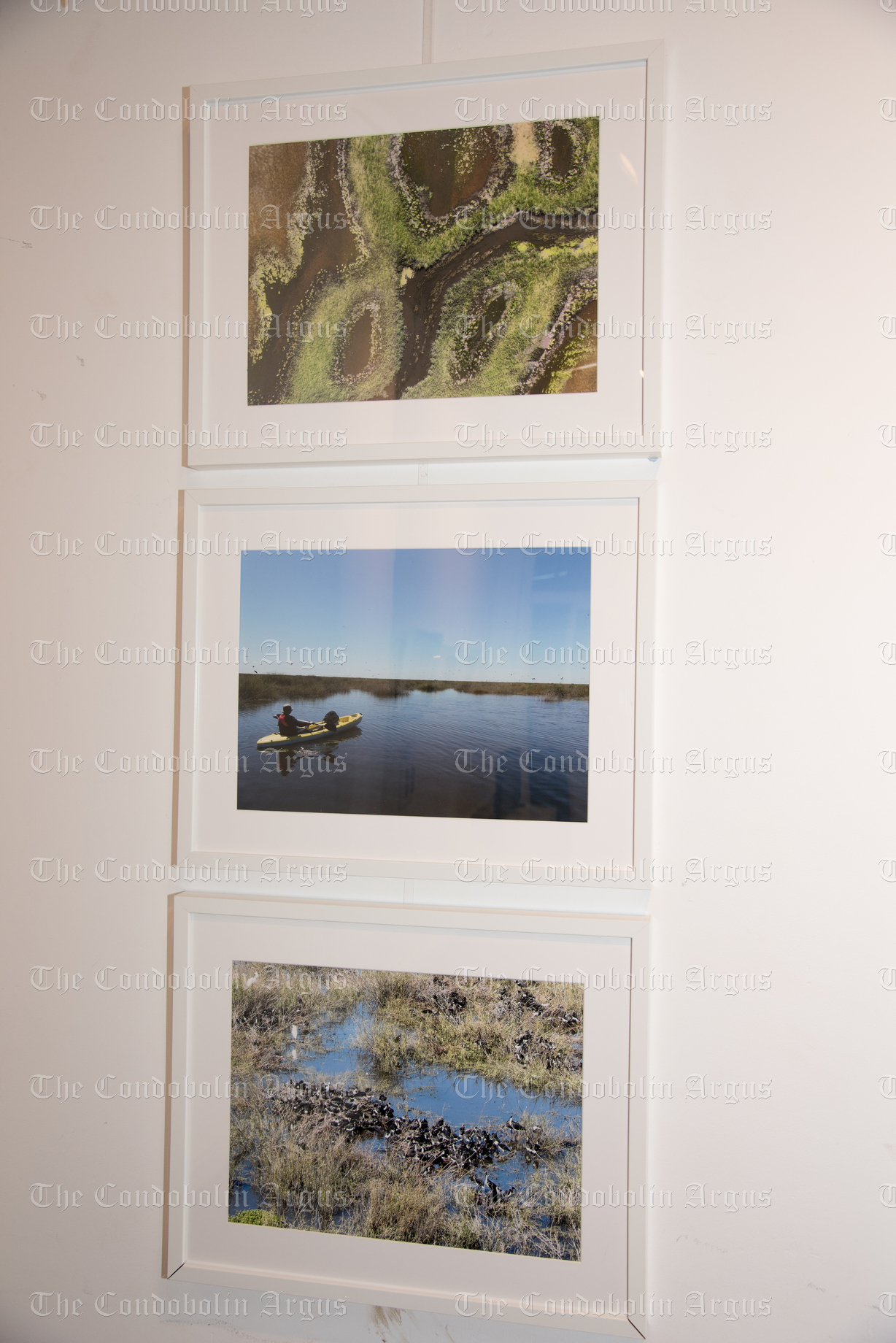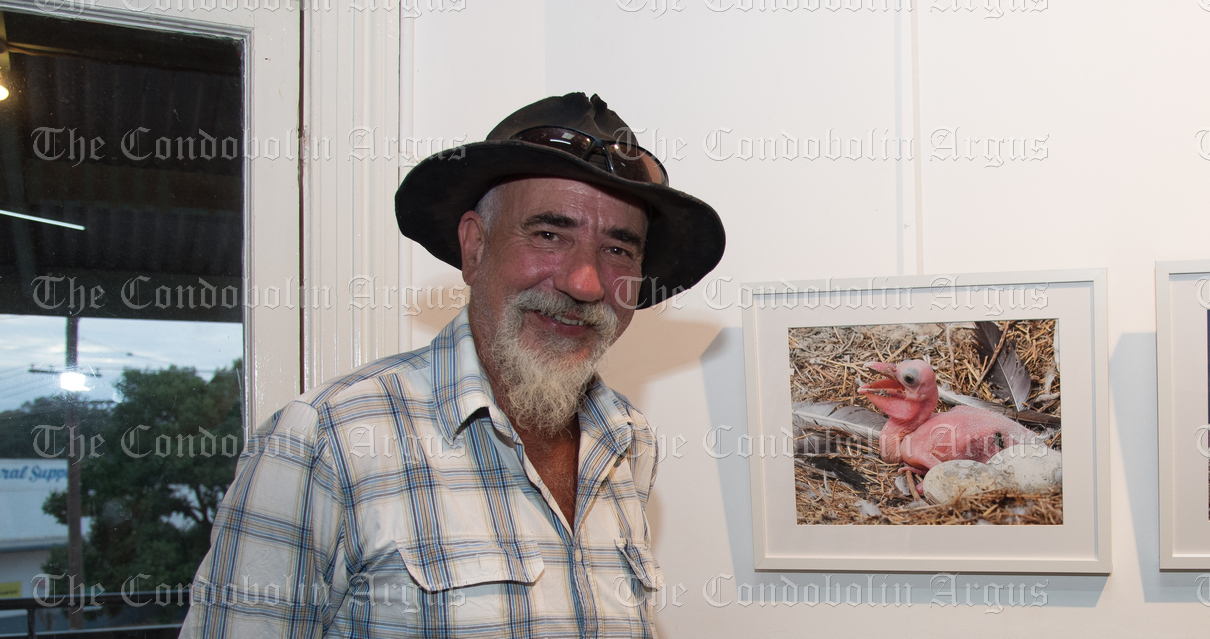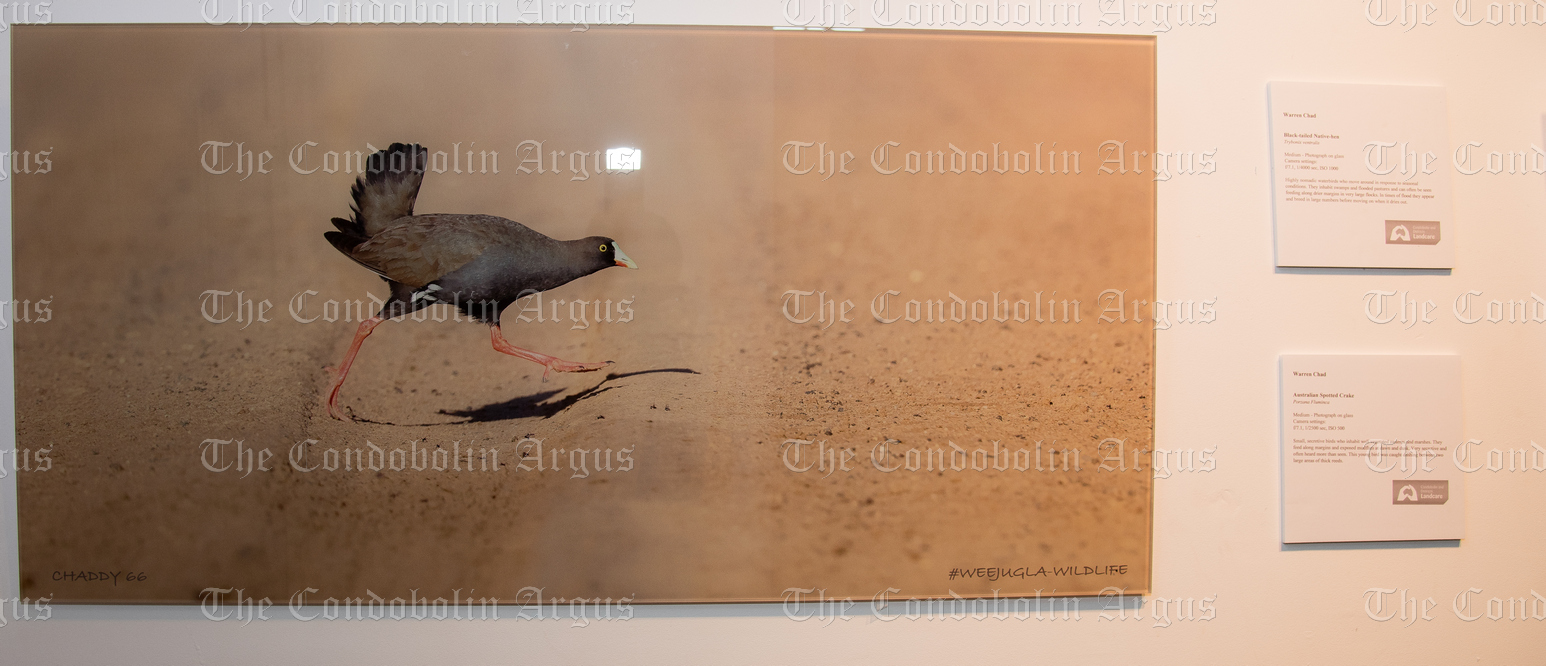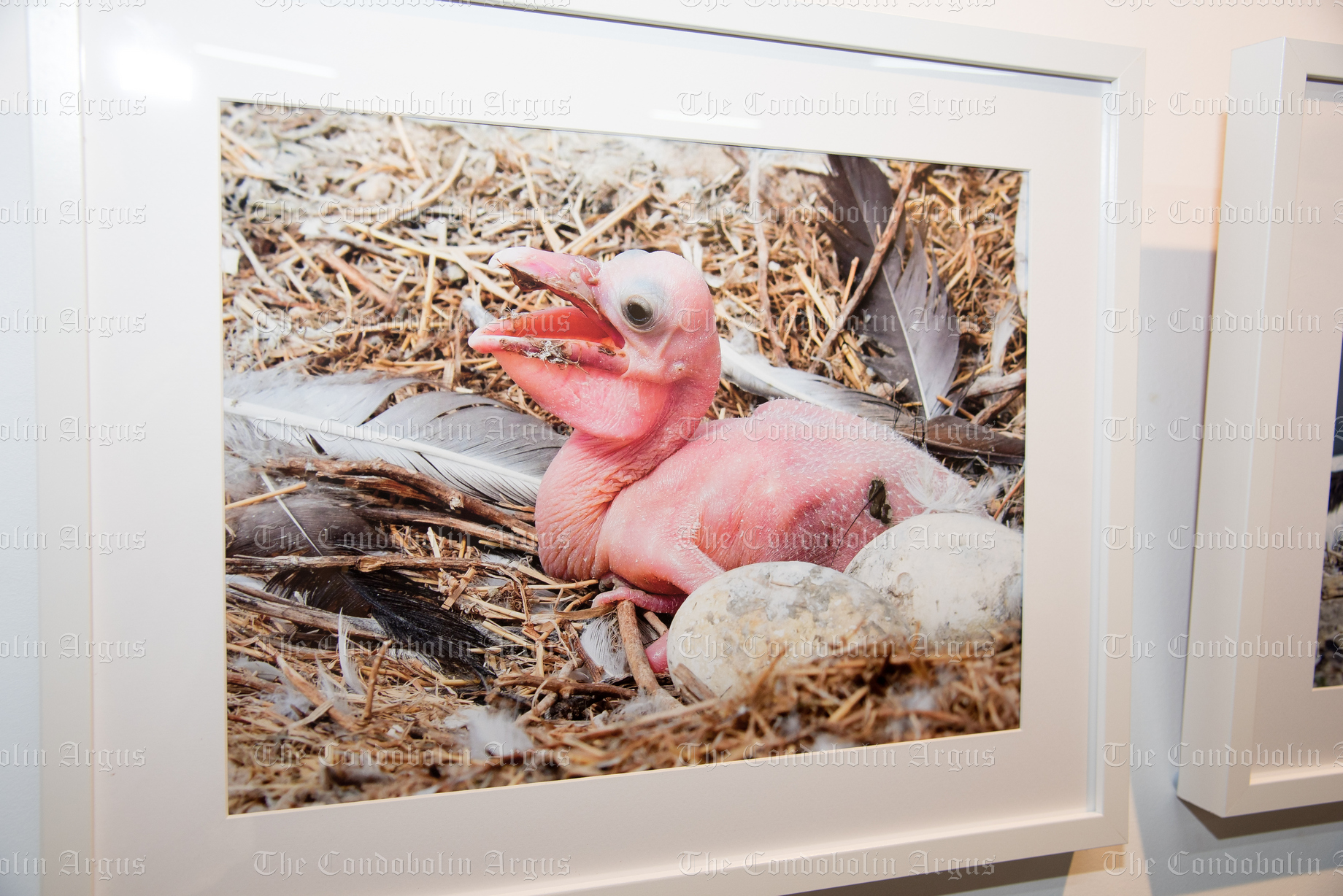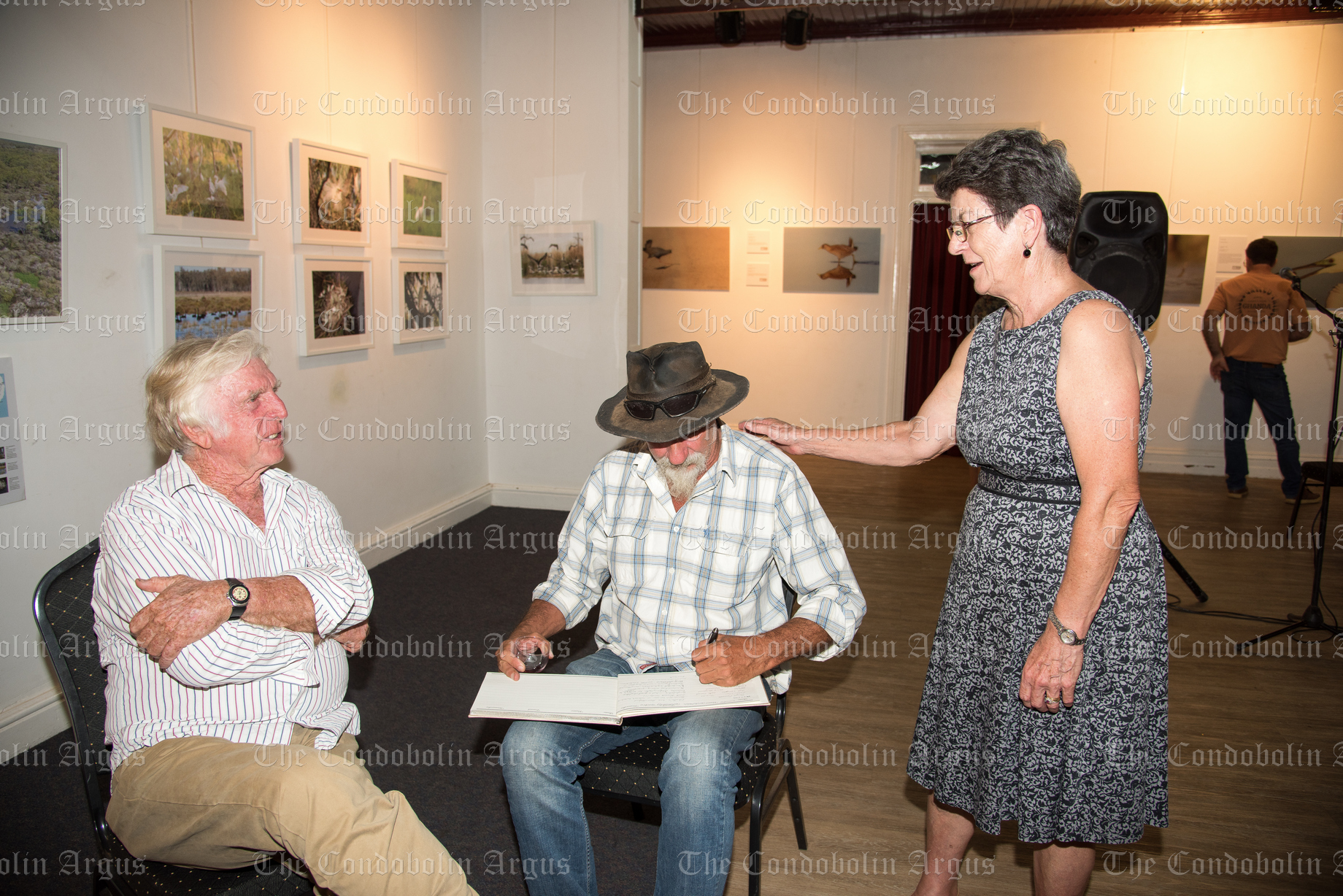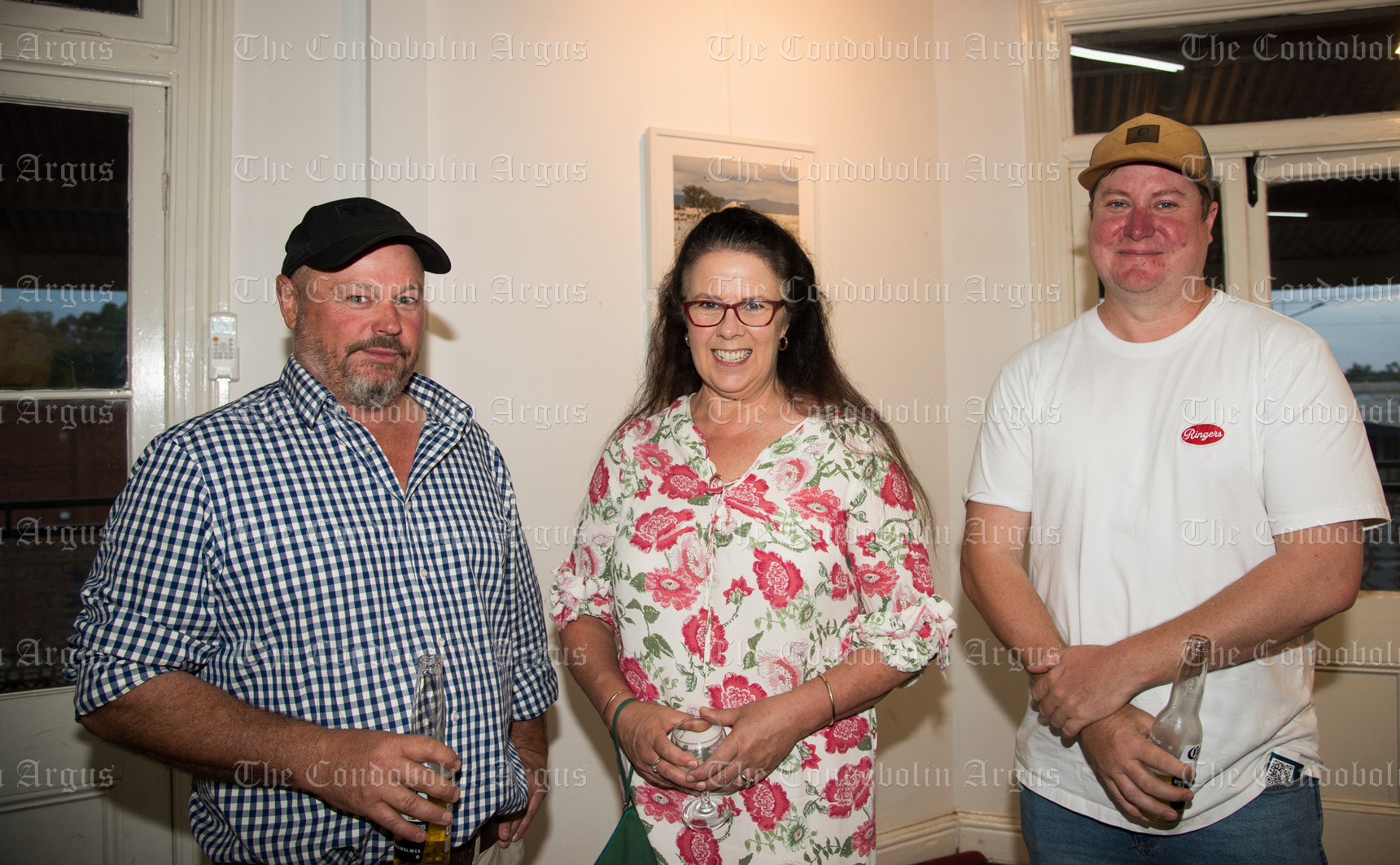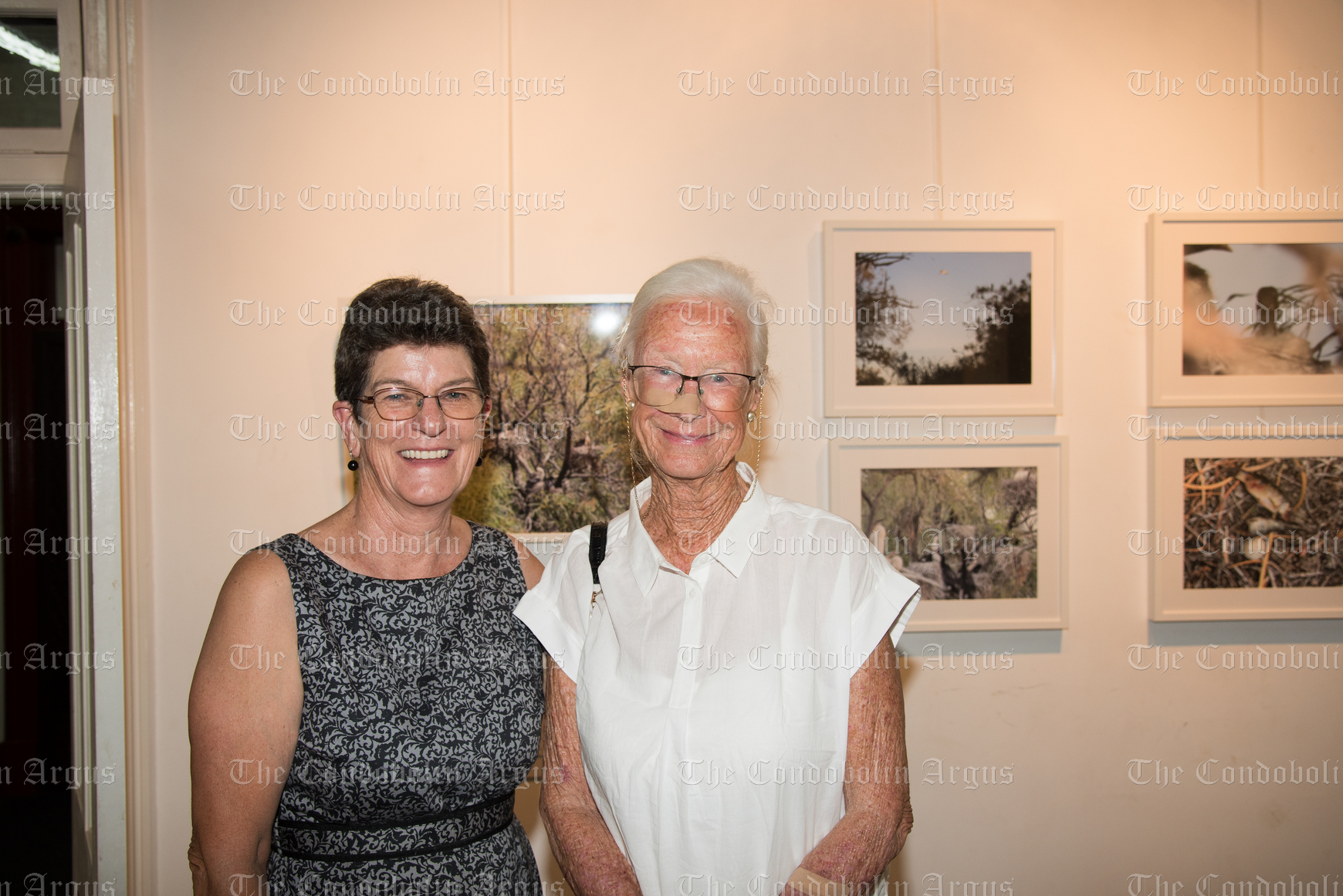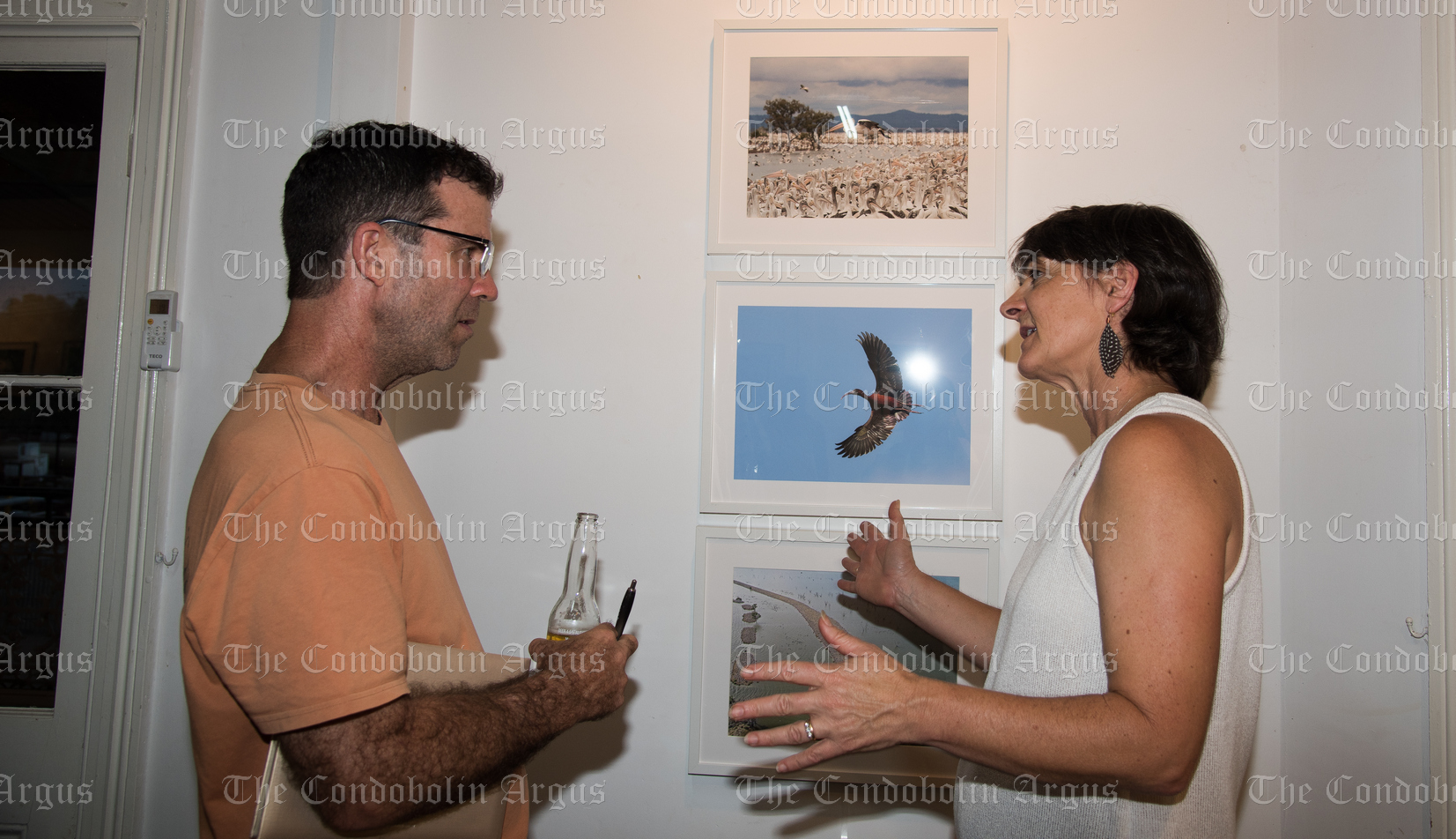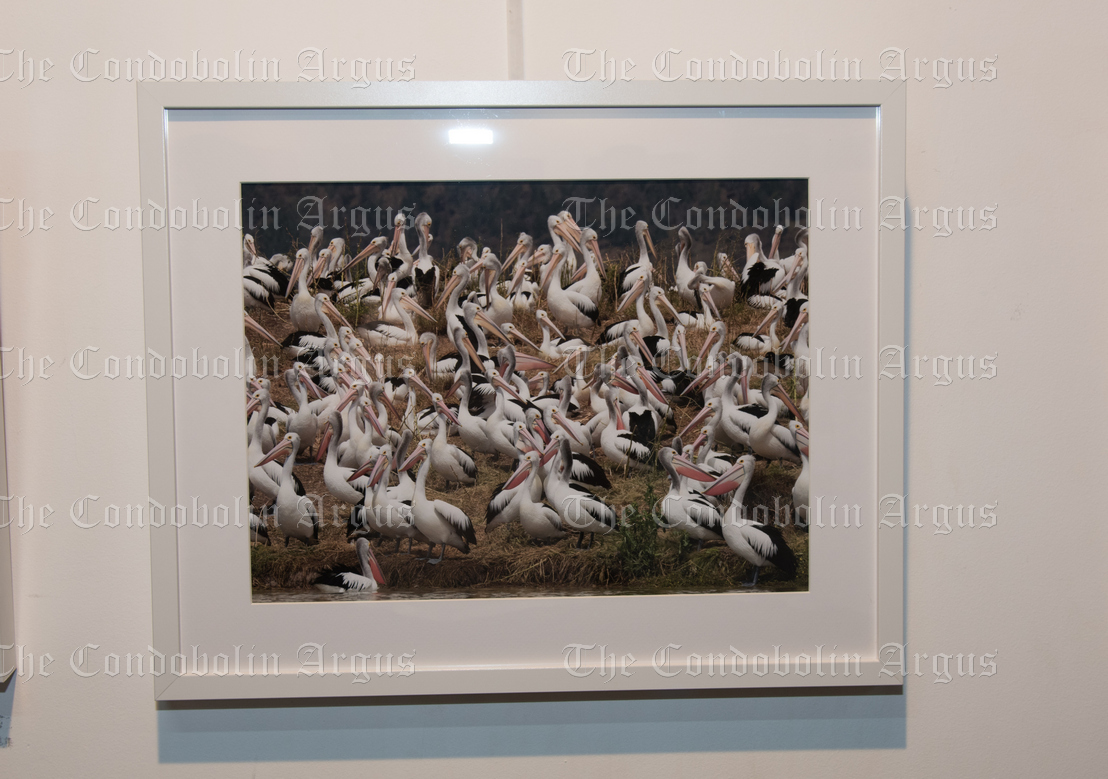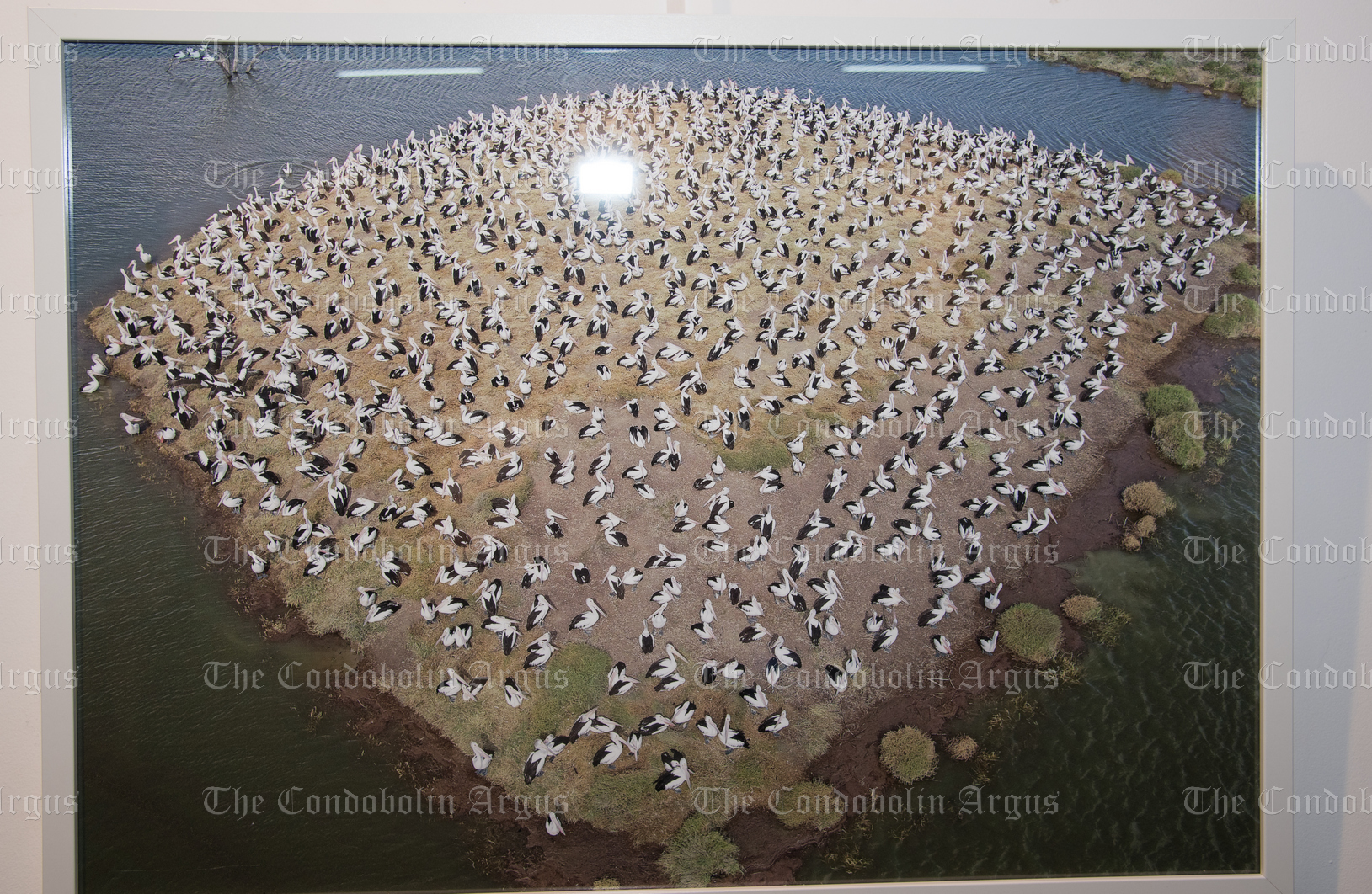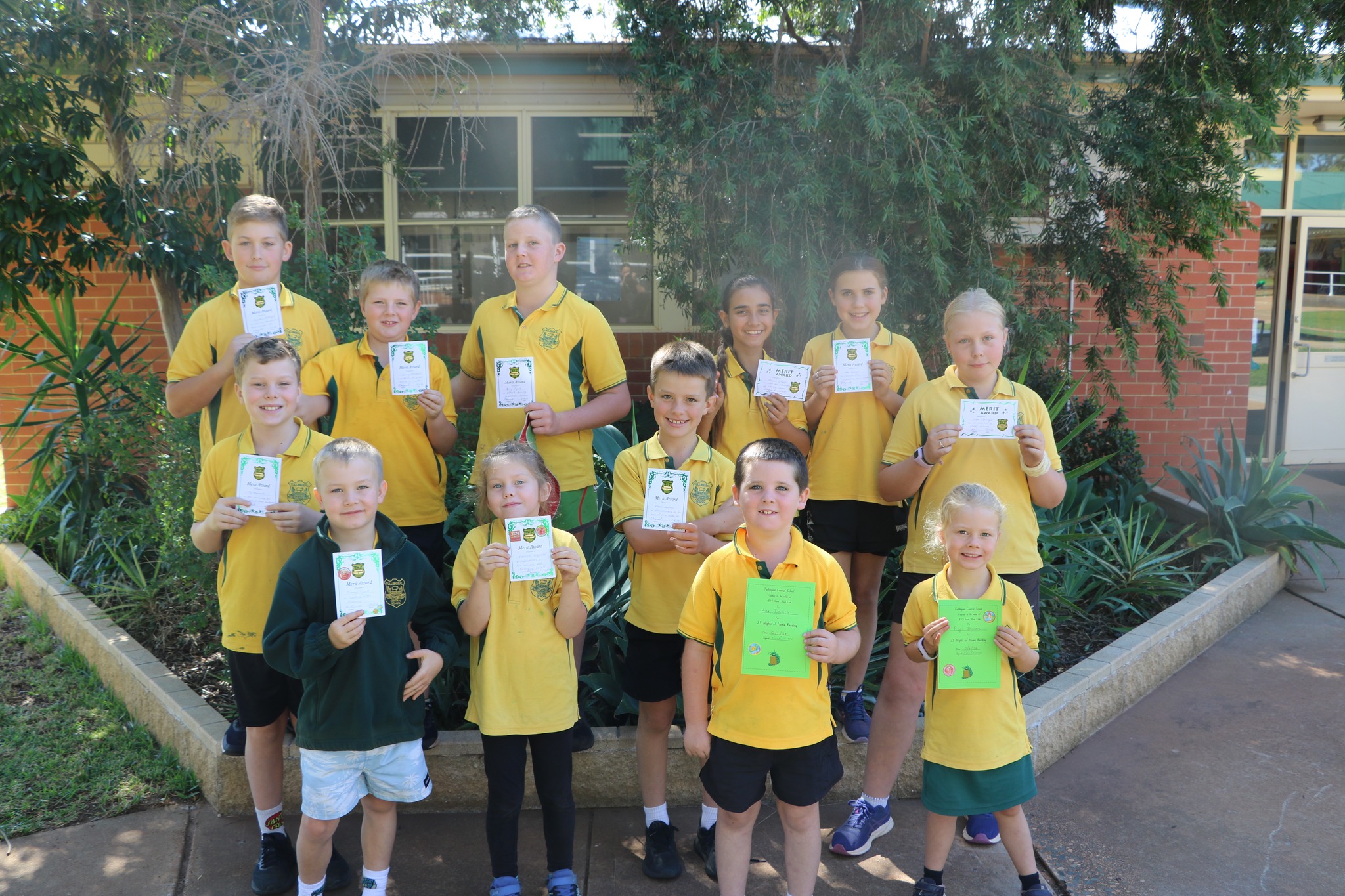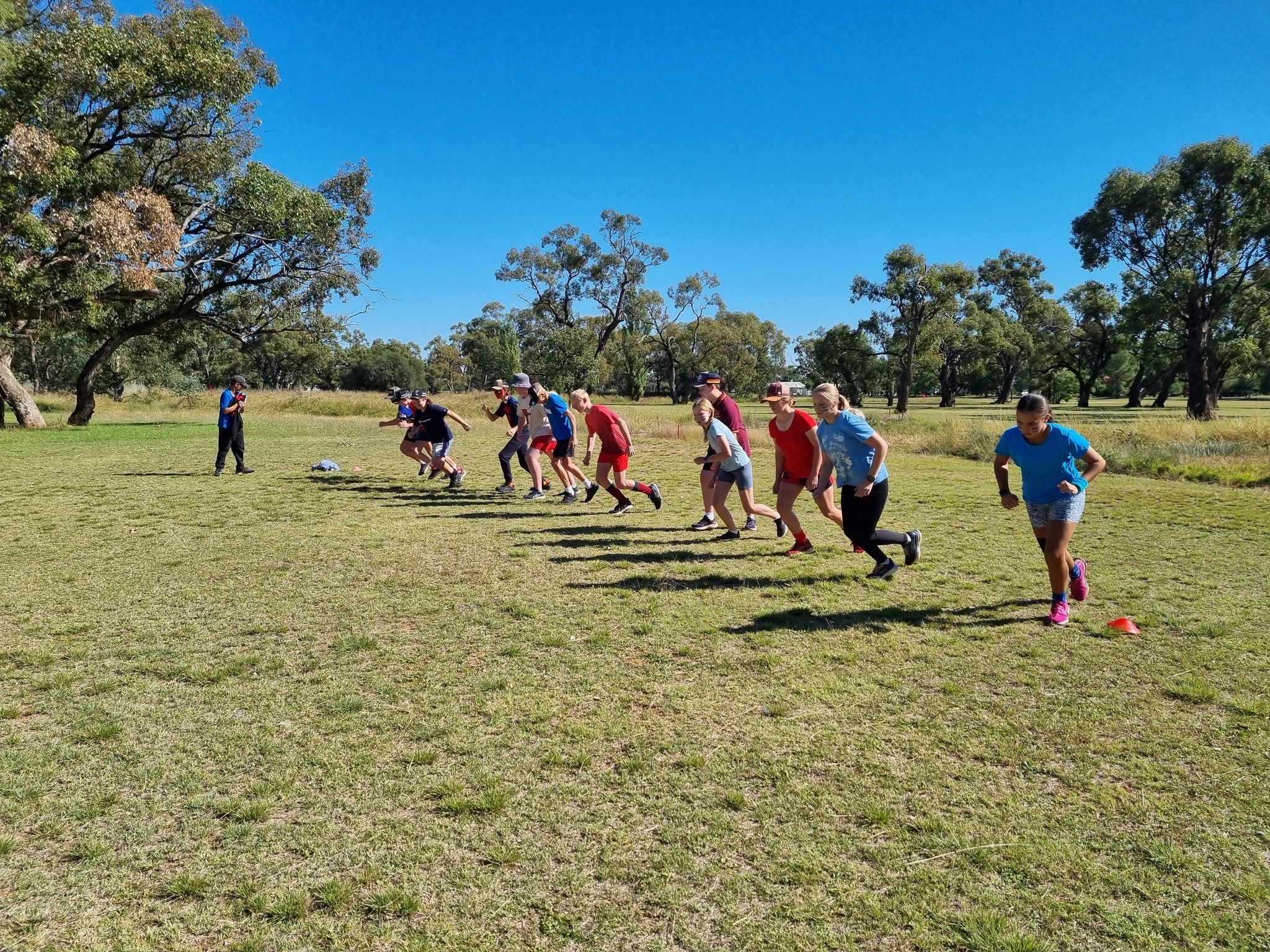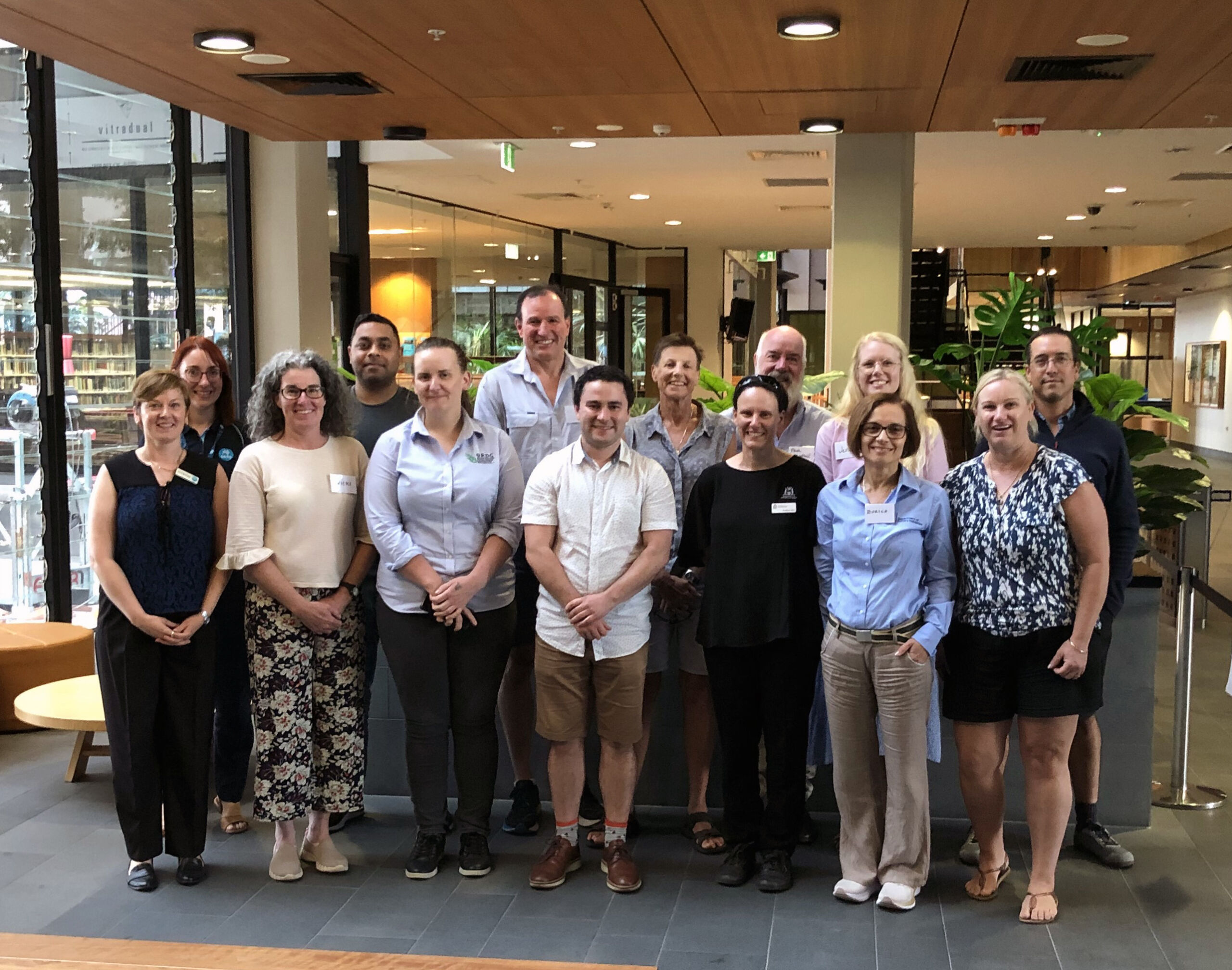Waterbird Photography Exhibition officially opened
An Exhibition showcasing what it’s like to be amongst the chaos and sheer scale of waterbird breeding in various Murray–Darling Basin wetlands has been officially opened in Condobolin.
The exhibition called A Waterbird Breeding Spectacular: An Exhibition of Waterbird Photography features photographers Warren Chad, Adam Kerezsy and Mal Carnegie.
Opening night was held at the Condobolin Community Centre (where the Exhibition is being shown) on Thursday, 14 March. The event was hosted by the Lachlan Arts Council.
The Commonwealth Environmental Water Holder (CEWH) collaborated with the photographers, to celebrate two years of record-breaking waterbird breeding seasons.
Commonwealth Environmental Water Local Engagement Officer Michele Groat said it’s been an incredible few years for waterbird breeding because of all the water that has been around for the past two or so years.
“The CEWH works with partners to deliver water for the environment across the Murray Darling Basin to protect and restore rivers and wetlands, to keep native plants healthy, and support the feeding and breeding of native animals, birds, fish and frogs,” she told the audience on Exhibition opening night.
“The natural flooding experienced throughout much of the Basin over the past couple of years triggered mass breeding events for many of our native waterbirds, with hundreds of thousands of birds breeding in colonies – particularly straw necked and white ibis, pelicans, spoonbills, egrets, herons and cormorants but also many others, for the first time in a decade or more, in many areas.
“This has been a relief as there has been a worrying decline in water bird numbers in recent decades. But even with all the water that has been around, these breeding events often still require support to increase waterbird chicks’ chances of survival to fledgling and that is where water comes in.
“The CEWH works closely with our partners such as NSW Environmental Water Managers to monitor water levels, water quality and breeding progress in these mass breeding events. Environmental water is used to keep water levels stable as if they drop away too quickly adult birds will often abandon their nests or nests can become exposed to feral animals such as pigs and foxes. We also use water for the environment to improve water quality in nesting areas to try and minimise diseases like botulism.
“Usually, these breeding events occur in wetlands that are in remote or inaccessible locations or on private land, so the general public often don’t even know they are occurring.
“Because of this, we decided to capture some images of what these amazing events look like and take it around the Basin, so our communities can see the sheer scale of them, the chaos and beauty – unfortunately (or fortunately) we couldn’t capture the smell or the noise! We also wanted to show how there are many beautiful wetlands in our backyards that most of us don’t even know about and how important they are to our native birdlife, turtles, frogs, and fish and how water for the environment helps to support them.
“When you take a tour of the exhibition, you are also taking a tour of the Basin. We have showcased images from major waterbird breeding events at six locations across the Murray-Darling Basin, Gayini in the Murrumbidgee, Booligal and Brewster in the Lachlan, and in the northern parts, the Narran in the Lower Balonne, the Macquarie Marshes in the Macquarie and Gwydir Wetlands.”
Ms Groat added all images of the birds and nests were taken under approved scientific monitoring and to ethical standards.
A major component of the CEWH involves collaborative partnerships.
“Water for the environment is delivered with the help of State Governments and other water managers. We also consult extensively with First Nations peoples, landholders, environment groups and Basin community members. Their input and on-the-ground expertise and advise is invaluable to us on where and when to deliver environmental water.”
Ms Groat extended special thanks to Lachlan Arts Council, Arts OutWest Curator Steven Cavanagh, Mal Carnegie, Waren Chad, Adam Kerezsy, and the CEWH Flow-MER (Monitoring, Evaluation and Research) Program for all of their contributions.
“A sincere thanks to the talented and generous photographers, in particular Mal Carnegie, Warren Chad, and Adam Kerezsy – their work is of course what makes this exhibition special. To convey the beauty of these birds and the environments they live in is an opportunity we value highly.”
The exhibition was on display until 21 March at the Condobolin Community Centre.
Latest News
Merit winners for week 11
Congratulations to the Tullibigeal Central School Merit Award Winners for [...]
CJCA players recognised for their efforts
Condobolin Junior Cricket Association held their annual Presentation Day at [...]
Condobolin Public School commemorates
On Thursday, 11 April Condobolin Public School held their ANZAC [...]
Cross Country 2024
On Friday 12th April, Trundle Central School held their annual [...]
Competing in the PSSA NSW State Swimming Championships
A massive congratulations to Tullibigeal Central Schools super fish, Veritty, [...]
Managing canola pests using beneficial insects
Australian grain growers will benefit from improved pest management strategies [...]

